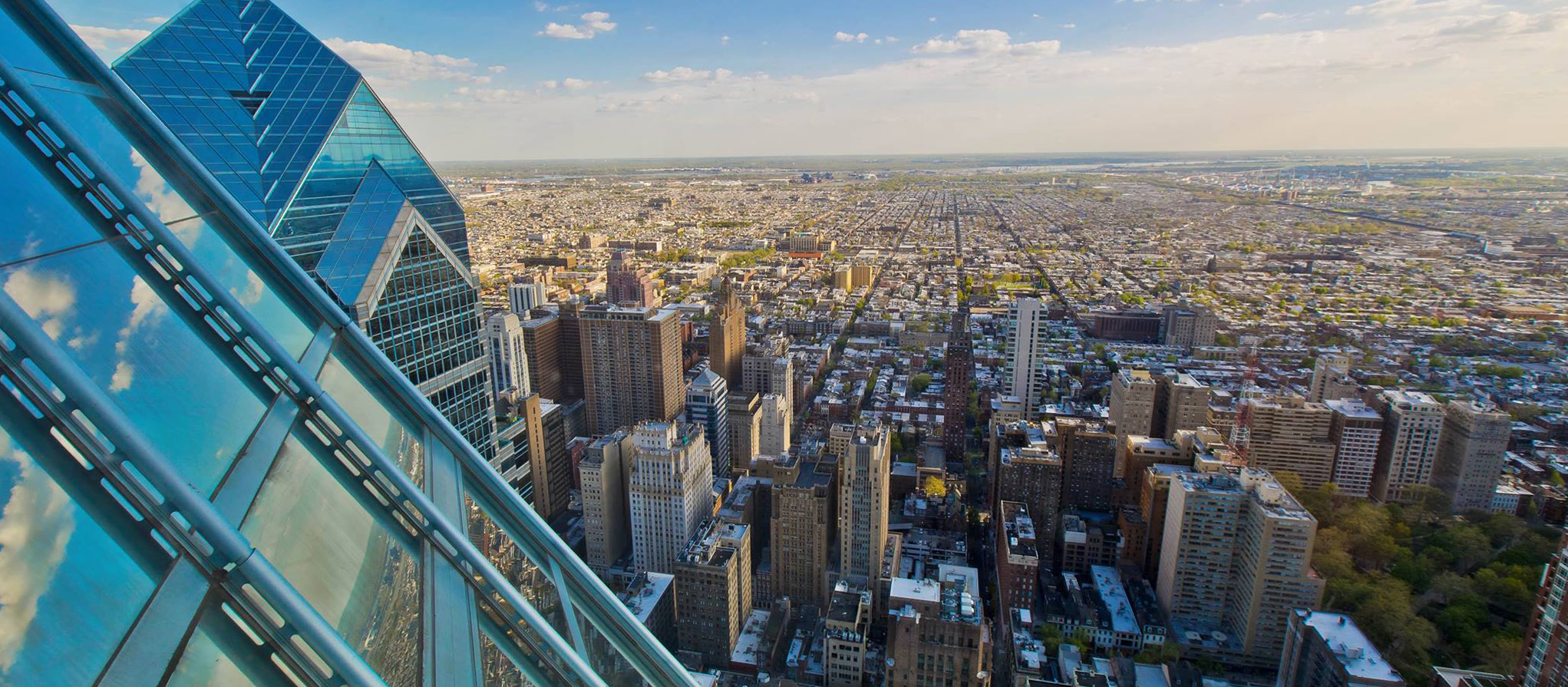The Vatican Files no. 8
The Vatican Files no. 8
January 30, 2012
Happy New Year and welcome home, Anglo-Catholics!
The end of one year and the beginning of the new one is a busy time for the Vatican. The Christmas celebrations entail the Pope's media exposure and huge organizational efforts, coming to a climax with the Christmas Eve mass and the urbi et orbi (i.e. "to the city and to the world") benediction on Christmas day. Then, on the first day of the year, the Pope delivers a special message on the occasion of the World Day of Peace. In the RC Church calendar, January 1st is also the solemnity of Mary, Mother of God. This combination gives the Pope the opportunity to pray to Mary for the world and to commit the new year to her care and protection.
This is standard Vatican activity for the season. However, in the midst of various public events and engagements, the first day of 2012 saw the promulgation of a special Vatican document with particular reference to the former Anglicans wishing to be in full communion with Rome. The Congregation for the Doctrine of the Faith issued a decree which makes provisions for them to be fully accepted into the Roman fold.
1. From Canterbury to Rome
The movement of priests and lay-people from the Anglican Communion to the RC Church has a long history with varying intensities. Perhaps the most famous convert to Rome is cardinal John Henry Newman (1801-1890) who was beatified by Benedict XVI during his visit to Great Britain in 2010.
Since its beginnings, the Anglican Church has had a significant Anglo-Catholic component which is inclined towards Catholic doctrines and practices. The via media (i.e. "middle way") has been the tool utilized to allow groups of different orientations to maintain an Anglican identity, notwithstanding the presence of various theological and liturgical streams within the Communion. What has been working for centuries is now under increasing stress. From the eighties onward, in fact, the Anglo-Catholic uneasiness towards the ordination of women to the priesthood has pushed a growing number of these Anglo-Catholics to ask to be accepted by Rome. For them, this issue has become the breaking point from Anglicanism. The phenomenon has grown to significant proportions, thus encouraging the Vatican to take action to facilitate the transition.
In 2009, Pope Ratzinger issued the document Anglicanorum coetibus (i.e. "groups of Anglicans") that provides for the constitution of "personal ordinariates for Anglicans entering into full communion with the Catholic church". In RC juridical language, ordinariates are bishopric-like entities that become part of the Conference of Bishops of a given country, while still maintaining certain specific features. In this case, the former Anglicans that are now Roman Catholics can celebrate the sacraments according "to the liturgical books proper to the Anglican tradition".
Going back to what happened on January 1st 2012, the first of these ordinariates was eventually erected in the USA in order to receive former North-American Episcopalians. It is called, by no accident, "The Chair of Saint Peter" as to underline the crucial importance of the central institution of the RC Church. Its see will be the church of Our Lady of Walsingham in Houston (Texas) and its patroness will be the Blessed Virgin Mary. The Petrine and Marian faces of the RC Church are both symbolically and practically enforced. Every detail has a wide-ranging meaning and a specific purpose. It is estimated that this ordinariate gathers 2,000 lay people and 67 priests.
2. Welcome, but ...
What is the significance of this welcoming move by the Vatican? Many observers have been puzzled by what seems a double standard policy by the RC Church in her ecumenical relationships. On the one hand it puts the ecumenical efforts in "brotherly and sisterly" terms, thus appreciating the "gifts" of the various Christian communities. On the other it provides institutional room for accepting disillusioned ecumenical partners to become Roman Catholics. What is Rome doing? Embracing with one arm and subtracting with the other?
The Vatican may have faults in many areas of communication but not in this one. There is no hidden agenda in Vatican ecumenism. It is crystal clear that, according to the RC church, ecumenism does not mean maintaining the existing reality, nor merely accepting one another and being nice with one another. This may be the Protestant ambition with regard to Rome: each one remaining as it is and accepting the other as it is. Not so for Rome.
Every official text on ecumenism stresses the point that unity is threefold: professing the same faith, celebrating the same sacraments, being governed by the same bishops united with the Roman Pontiff (e.g. the Vatican II texts: Dogmatic Constitution Lumen gentium 13; 14; 21; 22; Decree Unitatis redintegratio 2; 3; 4; 15; 20; Decree Ad gentes 22). Since the Church of Christ subsists in the Catholic church in a unique way, so that the Catholic Church is the only church that enjoys the threefold unity as a whole, more ecumenical unity means more Roman Catholic Church and therefore less other Christian communities. In this respect, the goal of ecumenism is the fuller achievement of the unity that the RC Church (and only the RC Church) already lives out.
Benedict XVI opens Anglicanorum coetibus with some telling words: "In recent times the Holy Spirit has moved groups of Anglicans to petition repeatedly and insistently to be received into full Catholic communion individually as well as corporately". Pope Ratzinger is saying that the Anglo-Catholic move towards Rome is a work of the Holy Spirit. The same Spirit that is the principle of unity which establishes the Church as a communion. Not the Anglican Communion - sorry ... but the Roman Catholic communion.





